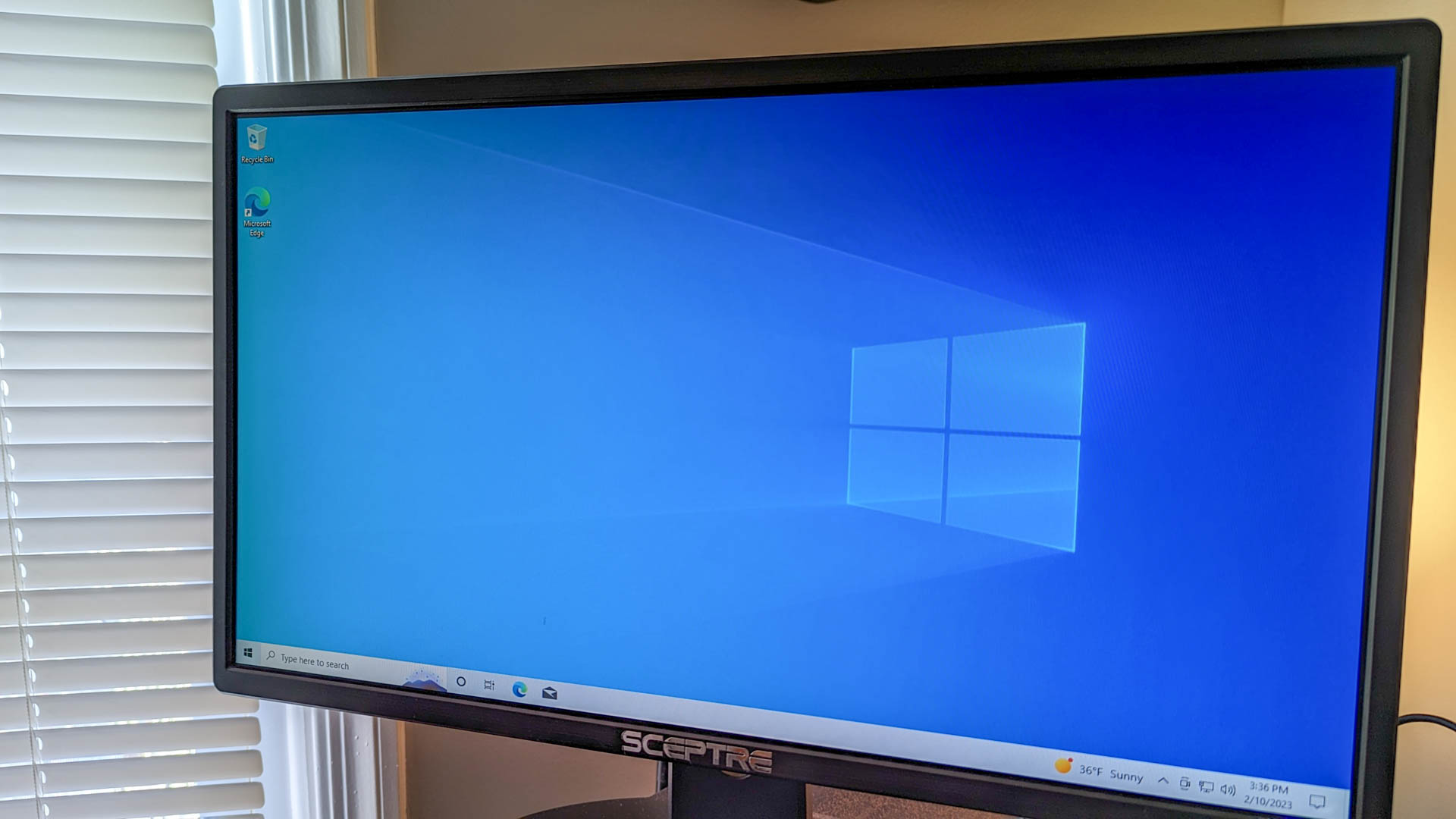I got an SSD nearly a month ago to replace my current HDD, as it's performance has been degrading and it currently runs at 100% no matter what I do to fix it. Since then I have been trying to switch my boot drive over to the SSD with zero success.
I have:
-Cloned the HDD to the SSD several times (and want to avoid doing so again so as to preserve the lifespan of the SSD as much as possible)
-had the SSD as both MBR and GPT with no changes
-While the SSD was in GPT I tried several diskpart commands to fix UEFI, but windows told me for almost every one that the commands were not recognized
-I have tried to change the SSD to a dynamic disk, and tried using it as a basic disk
-Currently it half-way boots to the SSD, in that it uses the cloned Windows Boot Manager partition on my SSD, but boots to my original C: drive.
I'd really rather not take10 minutes to boot from an HDD right now, nor do I want to waste a$200 drive. any help would be appreciated!
This is my current Disk management. Disk 1 is my current boot drive, but it's using I think the ESP drive on disk 2 to boot to the C:.
The only difference I can see myself is Disk 1 is dynamic, but everything I've read says there should be no problem.

I have:
-Cloned the HDD to the SSD several times (and want to avoid doing so again so as to preserve the lifespan of the SSD as much as possible)
-had the SSD as both MBR and GPT with no changes
-While the SSD was in GPT I tried several diskpart commands to fix UEFI, but windows told me for almost every one that the commands were not recognized
-I have tried to change the SSD to a dynamic disk, and tried using it as a basic disk
-Currently it half-way boots to the SSD, in that it uses the cloned Windows Boot Manager partition on my SSD, but boots to my original C: drive.
I'd really rather not take10 minutes to boot from an HDD right now, nor do I want to waste a$200 drive. any help would be appreciated!
This is my current Disk management. Disk 1 is my current boot drive, but it's using I think the ESP drive on disk 2 to boot to the C:.
The only difference I can see myself is Disk 1 is dynamic, but everything I've read says there should be no problem.





